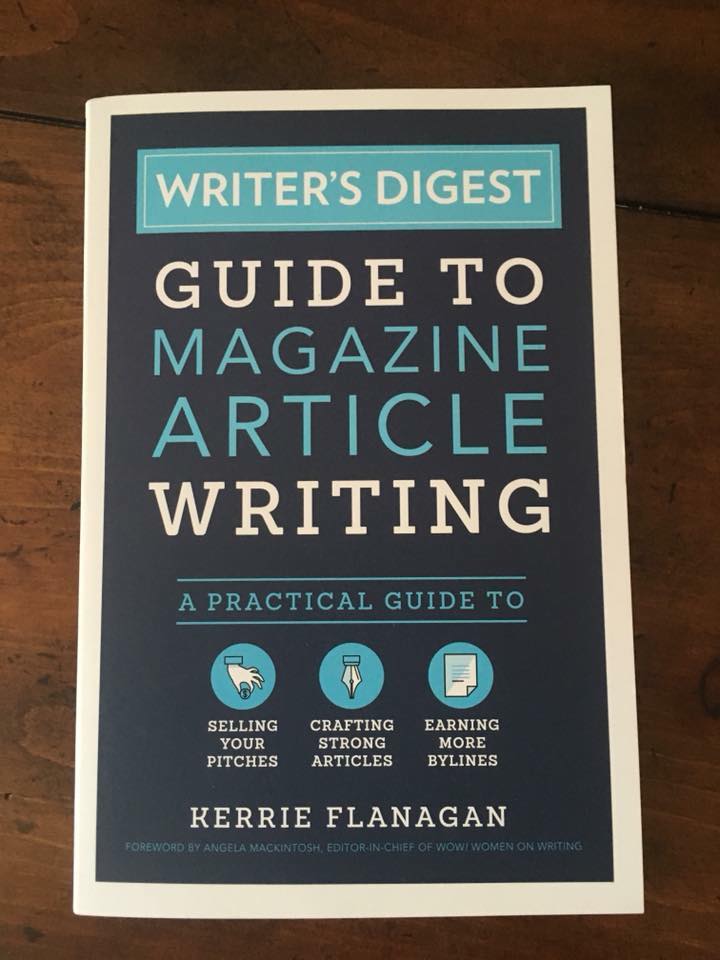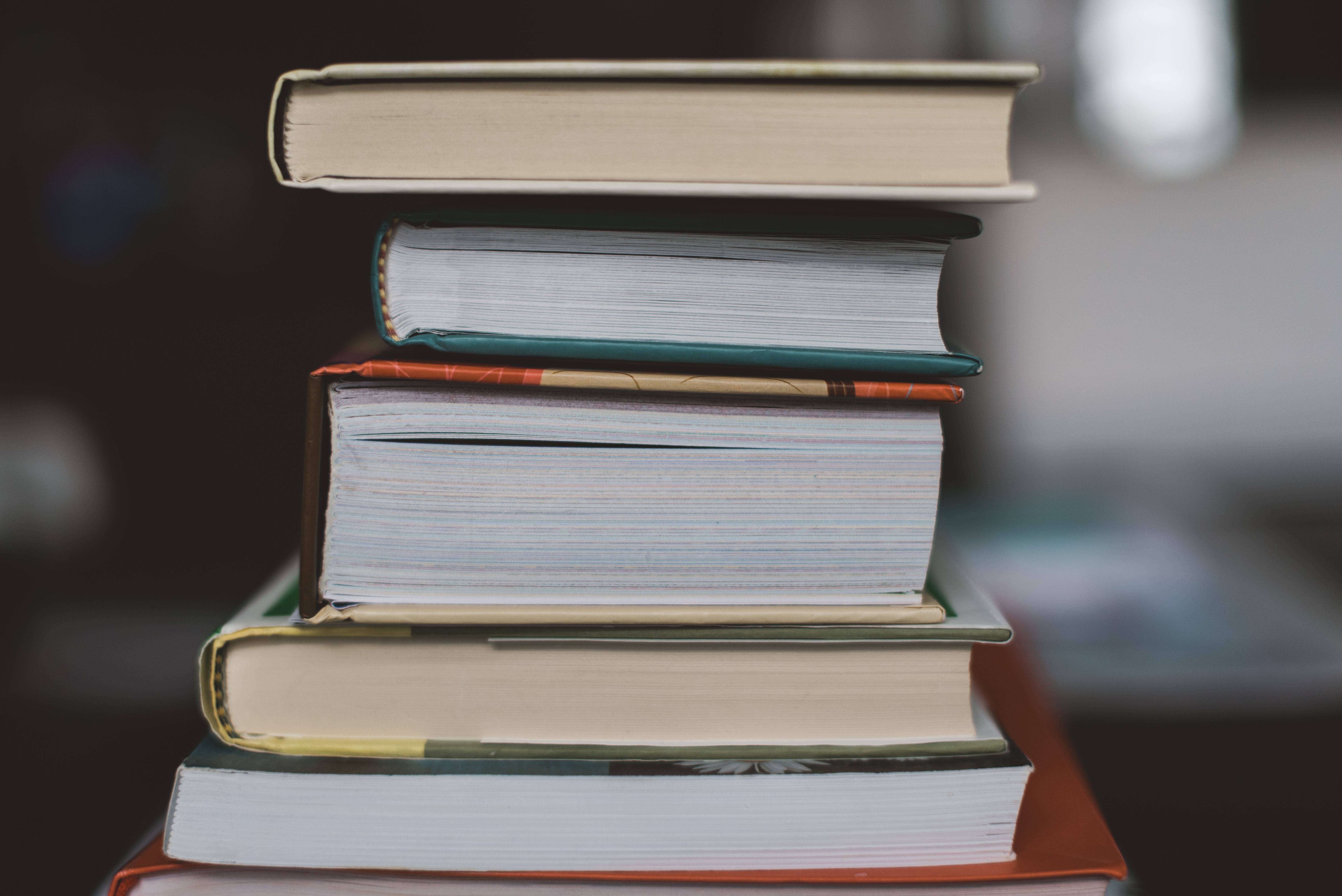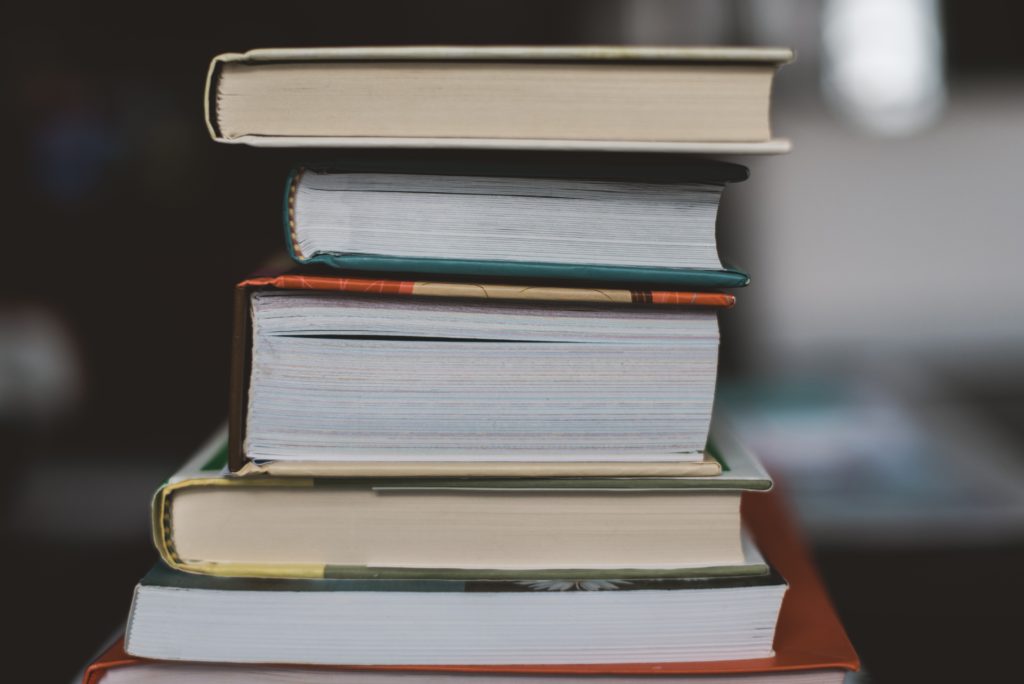Have you wanted to improve your writing skills in the hopes of getting published? Are you wanting to improve your syntax and diction to sound more intelligent? Do you want to maximize your exposure as a writer? The key is reading—a lot.
Writing is a skill that you’re born with, supposedly. For me, I wasn’t always the best writer. (I know, shocking!) In fact, early in my writing career, I sucked.
It wasn’t until ninth grade Advanced English I with Mrs. Sue Willett at Tesoro High School that my love for writing blossomed. Perhaps I always had it in me but was a late bloomer? I largely credit this teacher for helping me realize I could write well. I credit her impeccable teaching style for making the art of writing enjoyable, not simply a task to check off. I had that a-ha moment in my writing career then, and you will too if you haven’t already.
In the 12 years I began my writing journey, I’ve had op-ed’s published in some of the country’s most notable conservative and mainstream publications. I’ve co-written an ebook. I’ve won awards for my political work. In addition to writing, editing, and revising my work, I spent a lot of time reading books, articles, magazines, and related works to compare writing styles and mirror them—in the hopes I could get printed. (Though I added my own unique voice!) Studying writing guidelines is essential to getting printed. I’m happy to say I’ve only put my name to articles I’ve written by myself or added my perspective to. You’ll never see me enlisting the help of a ghostwriter or claiming an article as my own that I didn’t write. I’d feel dirty if I did…
There are plenty of books out there to read on the subject of improving your writing skills, but I’ve narrowed it down to three recommendations for those pondering. Here they are:
1) The Elements of Style by William Shrunk and E. B. White

Looking to polish your prose, master syntax, and improve your diction? This book is essential for any budding or seasoned writer. It was first published in 1918 by Shrunk. E.B. White modified the book, and the Shrunk and White version was born in 1959. Given its influence, it was named one of the top 100 influential nonfiction books in 2011.
The gist: it hones on 49 words and expressions commonly misused and a list of 57 words often misspelled. It also instructs readers how to construct readable, understandable sentences and paragraphs.
I first came across this book the summer leading up to my junior year of high school, when I saw it was mandatory, pre-requisite reading for AP Language. That was 2007. My teacher, who also served as my tennis coach and obnoxiously sarcastic, assigned the Shrunk and White 4th edition version to our class. He pounded the book into our minds and always told us to defer to it for our writing, especially in preparation for the Advanced Placement test that spring. Looking back 11 years ago, despite qualms with my teacher’s/coach’s attitude issues, I’m glad he assigned it to us. While I don’t read it regularly, this little book is the gold standard for any writer. In fact, I’ll be re-reading it again soon to refresh my memory.
2) Writer’s Digest Guide to Magazine Article Writing by Kerrie Flanagan

I was recommended to read this book by outdoor communicator Tom Keer of The Keer Group. He, along with my friend and fellow outdoor writer Debbie Hanson, were featured in the book. Tom urged me to read the book to better learn the process of publishing storytelling writing in the outdoor space. While the target audience is more broad — anyone interested in magazine writing — both established and aspiring writers should read it.
The author explains that you don’t need a journalism degree or a lot influence to be published in a notable magazine. Drawing from her 20+ years of experience, Flanagan offers a step-by-step approach to the planning, pitching, and publishing process of magazine articles. She helps readers decide on niche topics to focus on and pinpoint which magazines to target. She also explains how to craft a perfect query for pitching, ways to organize writing topics, how to negotiate pay rates or contracts, and how to build rapport with editors/publishers.
She provides personal examples and expertise from some of the leading freelance writers in the U.S., which readers will find to be helpful. It’s an easy read too. Highly recommended!
3) Read a newspaper, magazine, or book

The key to becoming a better writer is simple: Read more.
How? Diversify your reading material and read more on a regular basis.
I’ve spent the last few years setting yearly reading goals for myself, in the hopes of finding an escape despite the ever-present distractions found in society today. I’ve read non-fiction, autobiographical books. I’ve read political and outdoor memoirs. I’ve read How-To’s and self-help books. And I’ve read fiction. I’ve enjoyed reading most of the books that came my way, and hated some I picked up. It’s natural to come across both good and bad books.
Reading the work of a successful author will motivate you to improve your writing—whether in print or digital format. Study an author’s style and prose. Write down words you’re unfamiliar with, find them in a dictionary, and later incorporate them into your writing. Read a book high atop the Amazon Bestsellers List or New York Times Bestsellers List. Read stale, boring books. Heck, even read books that challenge your views. The more you read, the better off you’ll be. And don’t simply read on a Kindle. Pick up a physical book for that authentic reading experience!
Have you read these books or plan to add them to your list? Let me know!
###
What did you think of this piece? Am I on-target or off-mark?
As always, I recommend you follow me on Facebook, Twitter, Instagram, and YouTube to stay in the loop with my musings. Subscribe to my newsletter–now LIVE. Chime in below with your comments!


Pingback: To All Aspiring Communicators: Don't Hire Ghostwriters To Pen Your Articles | Gabriella Hoffman
Pingback: 3 Ways to Have a Lasting Impact as a Conservative Columnist | Gabriella Hoffman